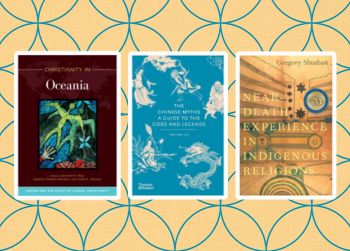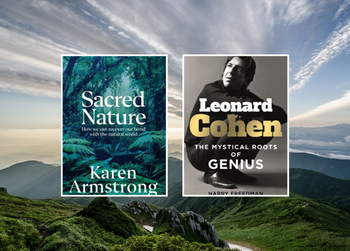There’s something for everyone in this edition of recent arrivals. Delve into an unorthodox look into the life of Leonard Cohen from a faith perspective, read about Big Panda and Tiny Dragon’s journey (based on Buddhist principles), consider reconnecting with the sacredness of nature to take our climate change response up another notch, explore Japanese myths underpinning manga or anime, and enjoy the richly researched history of the Jesuits and their influence.
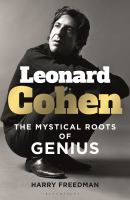 Leonard Cohen : the mystical roots of genius, by Harry Freedman.
Leonard Cohen : the mystical roots of genius, by Harry Freedman.
Freedman takes a new approach to Cohen’s contribution to our generation by focusing on Biblical and Torah references in his lyrics, which feature multiple allusions to Jewish and Christian traditions and texts, as well as Kabbalah and Zen. “He was as familiar with Christian traditions as he was Jewish. He is not concerned with confessional barriers, they simply impede access to the deep well of spiritual lore from which he draws. This is not a biography but a biographical narrative into the treatment of each song or theme…” (drawn from the publisher’s description)
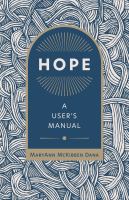 Hope : a user’s manual, by Pastor MaryAnn McKibben Dana.
Hope : a user’s manual, by Pastor MaryAnn McKibben Dana.
“How do we cultivate hope to face each day, even when our efforts don’t bear fruit?” She uses personal anecdotes, bible references and allusions to the plots of the films Superman and The Avengers to lay out a faith-centric vision of hope and offers practices to cultivate it. Filled with a diverse set of conversation partners, this book seeks to be honest about the world’s challenges (climate change, racism, etc.) without giving into despair. “Anger is the appropriate response to injustice, but anger needs the orientation of hope — which says the world could be better — in order to strive for justice. The book’s chapters are satisfyingly short, able to be read in any order, and include practical exercises.” (drawn from Library Journal).
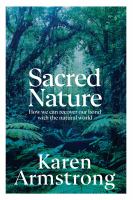 Sacred nature : how we can recover our bond with the natural world, by Karen Armstrong.
Sacred nature : how we can recover our bond with the natural world, by Karen Armstrong.
“Karen Armstrong argues that if we want to avert environmental catastrophe, it is not enough to change our behaviour: we need to think and feel differently about the natural world — to rekindle our spiritual bond with nature. For most of human history, and in almost all the world’s cultures, nature was believed to be sacred, and our God or gods to be present everywhere in the natural world. When people in the West began to separate God and nature in modern times, it was not just a profound breach with thousands of years of accumulated wisdom: it also set in train the destruction of the natural world. Taking themes that have been central to the world’s religious traditions — from gratitude and compassion to sacrifice and non-violence — Armstrong offers practical steps to help us develop a new mindset to reconnect with nature and rekindle our sense of the sacred.”–Publisher’s description.” (Catalogue)
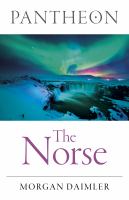 The Norse, by Morgan Daimler.
The Norse, by Morgan Daimler.
Provides an overview of the gods, history, and beliefs of Norse heathen mythology. The author notes that, “heathenry is a diverse spiritual movement” and religious rituals can be flexible. Although designed as an introduction, some of the background descriptions are encyclopedic, such as the Valkyries that transport dead warriors to Valhalla. This book is suitable for both beginners wanting a basic understanding and those wanting to delve deeper.
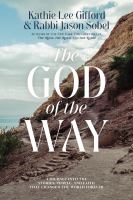 The God of the Way: a journey into the stories, people, and faith that changed the world forever, by Kathie Lee Gifford.
The God of the Way: a journey into the stories, people, and faith that changed the world forever, by Kathie Lee Gifford.
Rabbi Jason shares wisdom from his Jewish heritage and helps us read Scripture in the cultural context of biblical times. Pulling from the Torah and the New Testament, the authors analyse stories in the Bible and unpack what these passages reveal about how God works and what they can teach us for today.
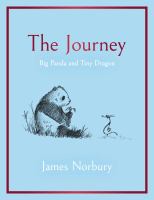 The journey: Big Panda and Tiny Dragon, by James Norbury.
The journey: Big Panda and Tiny Dragon, by James Norbury.
“..continues the adventures of two unlikely traveling companions as they embark on a path that brings them farther from home, and closer to each other and themselves. When Tiny Dragon feels unhappy, he confides in Big Panda, who leads his friend on a journey to heal his heart. They explore new lands, encounter extraordinary experiences, face demanding challenges, and, ultimately, find contentment. As Big Panda and Tiny Dragon trek further on their trail of acceptance, they learn that changes and challenges are a natural part of life and essential for growth”– Provided by the publisher.” Book One (Catalogue)
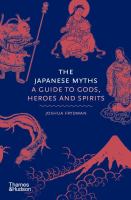 The Japanese myths: a guide to gods, heroes and spirits : with 90 illustrations, by Joshua Frydman.
The Japanese myths: a guide to gods, heroes and spirits : with 90 illustrations, by Joshua Frydman.
“Modern fans of Japanese film, anime, manga, literature and popular music connect to the images of gods and monsters in the craggy peaks of the islands.” Yet few will understand the long history of Japanese mythology that underpins them. Frydman brings us a great illustrated guide which not only retells the stories, but explores how Japanese mythology has changed over time, with new gods, heroes, and spirits.
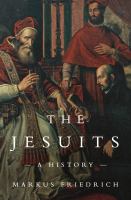 The Jesuits : a history, by Markus Friedrich.
The Jesuits : a history, by Markus Friedrich.
Since Ignatius of Loyola in 1540, the Society of Jesus (“The Jesuits”) has been intimately involved in the development of the modern world. Jesuit order played a crucial role in the Counter Reformation, the establishment and spread of European empires, via missionary activity in east and south Asia, and South America, and are leaders in Catholic education and theology. In 2013 Jorge Bergoglio became the first Jesuit Pope, taking the name Pope Francis I. Drawing on his expertise as a (non-Catholic) historian, Friedrich situates the Jesuit order within the wider perspective of European history.
Christianity in Oceania
Near-death experience in indigenous religions, by Gregory Shushan.
Faithful disobedience : writings on church and state from a Chinese house church movement, by Wang Yi.
